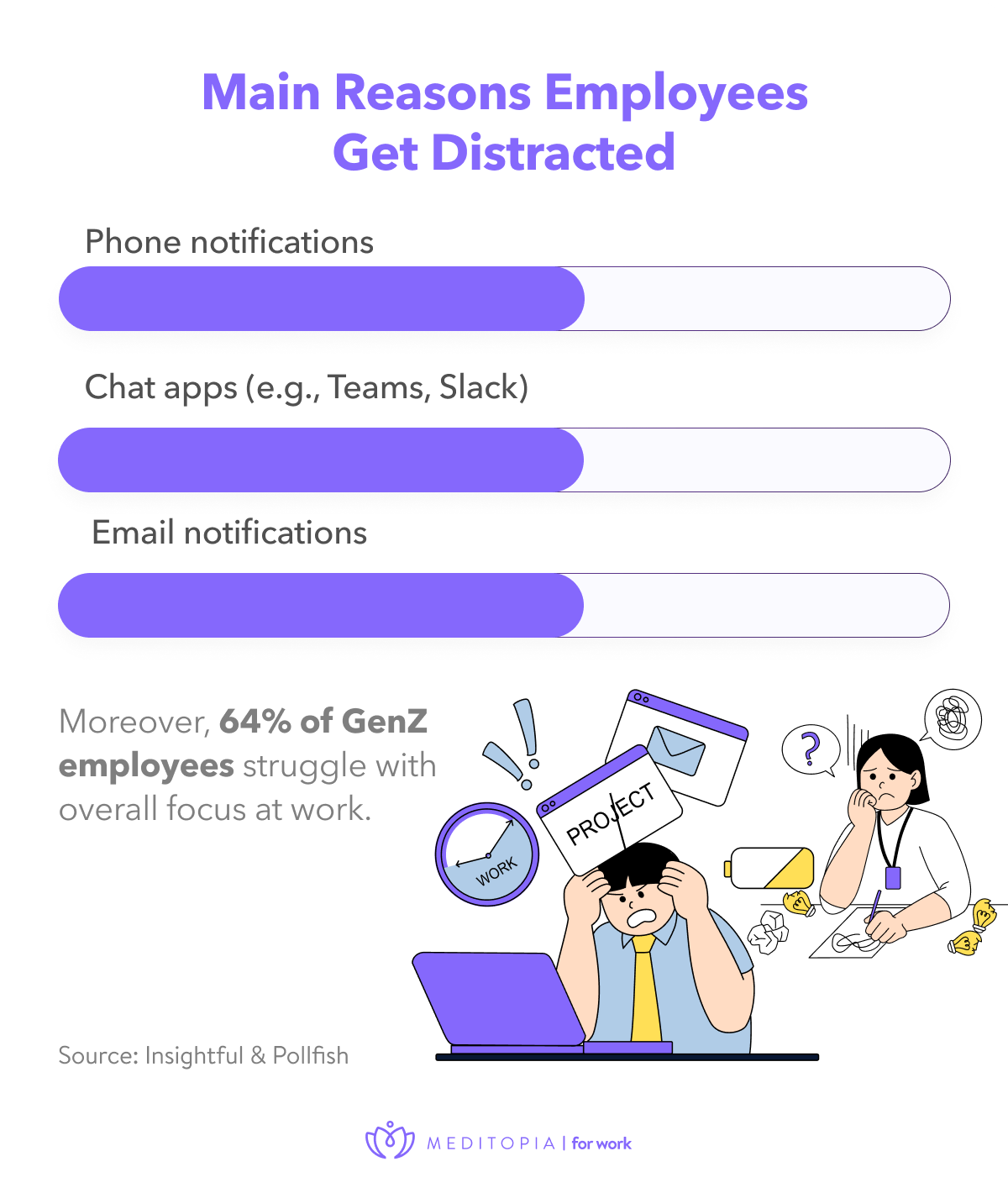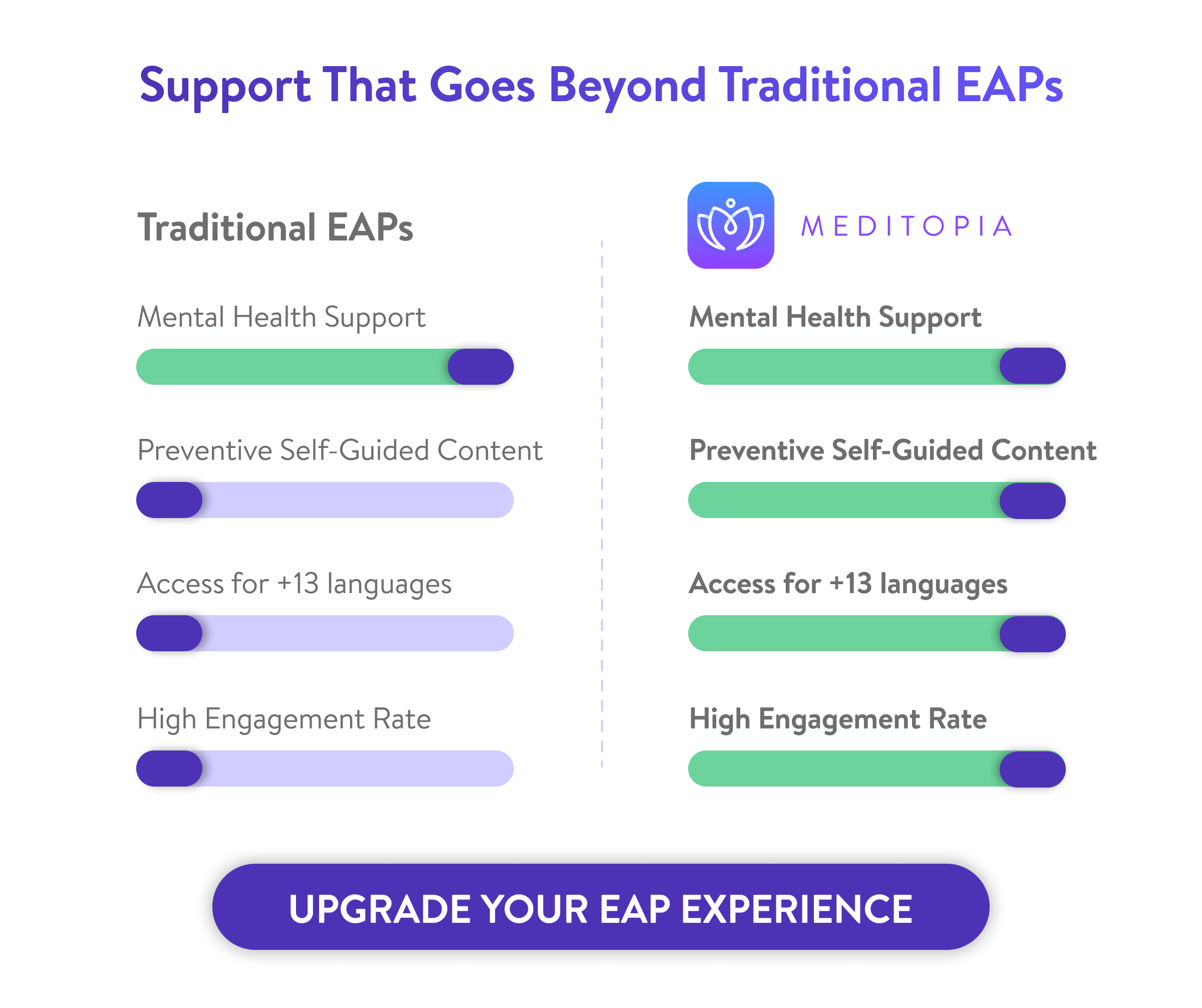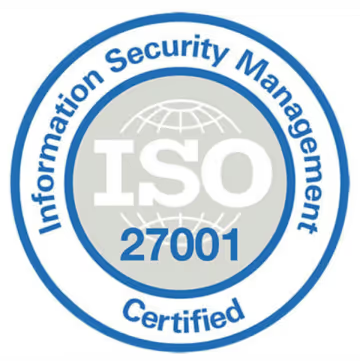In a world of pings, tabs, and toggles, employee focus has become a competitive advantage. Moreover, leaders who help employees keep focused protect attention like a scarce resource and build healthier, higher-performing teams. Below is a practical, data-backed playbook for managers and HR to sustain attention, boost productivity, and weave self-guided, 24/7 tools into daily work.
Why Employee Focus Matters
Did you know that it takes an average of 23 minutes to regain full concentration after an interruption? [1]That means even small distractions can cost teams hours of productive time every day. Employee productivity matters beyond their own metrics, this is what also keeps them motivated. Here are some reasons to care about this:
- A strong employee focus leads to higher-quality work, better problem-solving, and lower stress levels.
- In contrast, a lack of concentration results in poor time management and increased error rates, outcomes that directly impact business performance.
- Task-seitching leads to cognitive switching, it can reduce effective productivity by up to ~40%, meaning fewer high-quality deliverables per hour [2].
- On the contrary, teams with higher engagement (a proxy tightly linked to sustained focus) see ~18% higher productivity and ~23% higher profitability [3].
- Only ~4% of employees in a typical organization report high, sustainable engagement and productivity, making structured focus support a clear competitive edge [4].
Common Challenges That Reduce Focus
Even the most motivated employees can lose focus under the weight of modern work dynamics. The most common challenges include:
- Constant interruptions: Emails, chats, and alerts break attention flow.
- Information overload: Employees face thousands of decisions per day, leading to mental fatigue.
- Remote work distractions: Household duties, screen fatigue, and blurred work-life boundaries harm remote employee productivity.
- Unclear priorities: Without structured task management support, focus easily shifts to the wrong tasks.
- Stress and anxiety: Emotional strain weakens employee attention span and cognitive clarity.
- Personal matters: We are all human, relationships, financial strains, medical experiences, and even political situations affect our concetration.
- Open-plan noise & environment: With noise and lack of privacy degrading concentration; HBR guidance emphasizes coping tactics but acknowledges the structural challenge.

Practical Strategies to Improve Employee Focus
Improving employee focus starts with a combination of organizational habits and individual practices. Here are actionable strategies backed by data and behavioral science:
Self-Guided Content for Focus Improvement
Traditional training programs often fail to sustain attention because they require fixed schedules and one-size-fits-all learning. Self-guided content, however, gives employees control over when and how they learn.
Platforms like Meditopia for Work offer self-paced employee training modules designed to strengthen attention, manage stress, and boost cognitive resilience. Examples include:
- Short guided sessions for focus: Quick exercises to restore concentration between meetings.
- Mindful micro-practices: Two-minute breathing or grounding exercises that sharpen awareness.
- Cognitive clarity sessions: Support employees in managing distractions and prioritizing effectively.
- Relaxing sounds and music: They mask noise, and activate brain areas related to focus in minutes.
- Specialized workshops and webinars: They learn techniques and awareness from experts in fully personalized online sessions.

The advantages are significant:
- 24/7 accessibility so employees can learn at their own pace.
- Personalization that adapts to individual needs and work styles.
- Scalability, one program supports thousands of employees simultaneously.
- 14 languages, to support equally remote and international teams.
Integrating Focus Tools with Daily Workflows
It's true. Even the best focus initiatives fail without consistent integration. HR and team leaders can embed workplace focus tools directly into employees’ daily routines to ensure engagement. Some best practices can include:
- Embedding micro-sessions at the start of meetings to help employees center attention.
- Adding focus practices to onboarding programs and weekly reflections.
- Linking personal productivity tools or concentration apps for employees to task managers like Asana or Notion.
- Creating “focus hours,” company-wide time blocks with no meetings or chat messages. We do this internally at Meditopia, by the way. It's a great way to declutter our teams' minds.
When integrated smoothly, these programs enhance participation rates and align with broader wellness or performance strategies. Our suggestion is to check from time to time with your team to see which integration better works for them, or what changes are needed.
Measuring Focus and Productivity Gains
To justify long-term investments, HR teams should measure outcomes through both quantitative and qualitative metrics. Tracking improvements in employee concentration can include:
- Self-reported focus surveys via wellness platforms. Meditopia's Employer Dashboard allows you to see in real time your team's anonymous app usage.
- Task completion rates and fewer missed deadlines.
- Increased engagement with focus improvement techniques or learning modules.
- Reduced mistakes and faster project turnaround times.







%2008.07.36_4ffe9739.jpg)

















